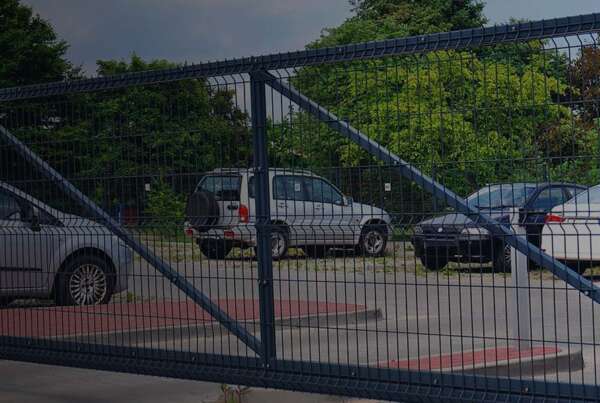Owning a dog is one of life’s greatest joys – there’s nothing better than coming home to a loving four-legged friend that is loyal and completely devoted to you. However, it is important to keep our dogs safe, and installing a fence in the backyard is one of the best things a homeowner can do to protect them.
Which fence style is best for your dog? There are four different elements that should be taken into consideration:
Fence Height
Having a fence at the correct height is essential in order to make sure that your dog is secure and unable to escape from the yard. Their ability to jump and overall size are important factors into whether you should install a tall or short fence. Small dogs would do best with a 3.5-foot tall fence, while large dogs would do Iine with a 6-foot tall fence.
Picket Spacing
Another factor that should be decided upon is how much space should be between the pickets of the fence. The size of the dog is key here, as a small or medium-sized dog can easily escape if there’s enough space between the pickets. It’s a good idea to measure your dog’s width as well as the picket spaces to ensure they are protected and unable to pass through them. A privacy, semi-privacy, or custom-built fence can be effective in this regard. Additionally, you could test how your dog would react to certain picket spacing by taking them to a business that sells picket fences, or to a neighbor’s yard that already has one.
Visual Barrier
Having a visual barrier for your dog can be useful so that they are unable to see through the fence. This would reduce the possibility of your dog seeing a distraction that would make them either bark incessantly or try to run out of the yard. Again, a privacy, semi-privacy, or custom-built fence should be considered here, as well as one with the proper height (which can include various styles, such as a lattice-top or baluster-top).
Neighborhood Regulations
It is important to consult HOA bylaws or community regulations to ensure the speciIic picket fence you want to install is allowed. If this proves not to be the case, another viable option would be to install an invisible fence for your dog, as they are widely used and known to be efficient.
Existing Fences
If your house already has an existing fence that isn’t able to keep your dog safe, but you don’t want to remove it, certain adjustments can be made to guarantee its security. Chicken wire can be added to the fence to make sure they aren’t able to run away. Extension posts, lattice, or additional pickets can also enhance a fence’s height if it isn’t substantial enough. A chain-link fence can have slats inserted so that outside distractions would be harder for your dog to see.
Ready For A Dog-Friendly Fence?
If you decide to install a new fence or modify a current one, we know you’ll want to give your best friend the protection they deserve and a yard that is safe for them to access.






